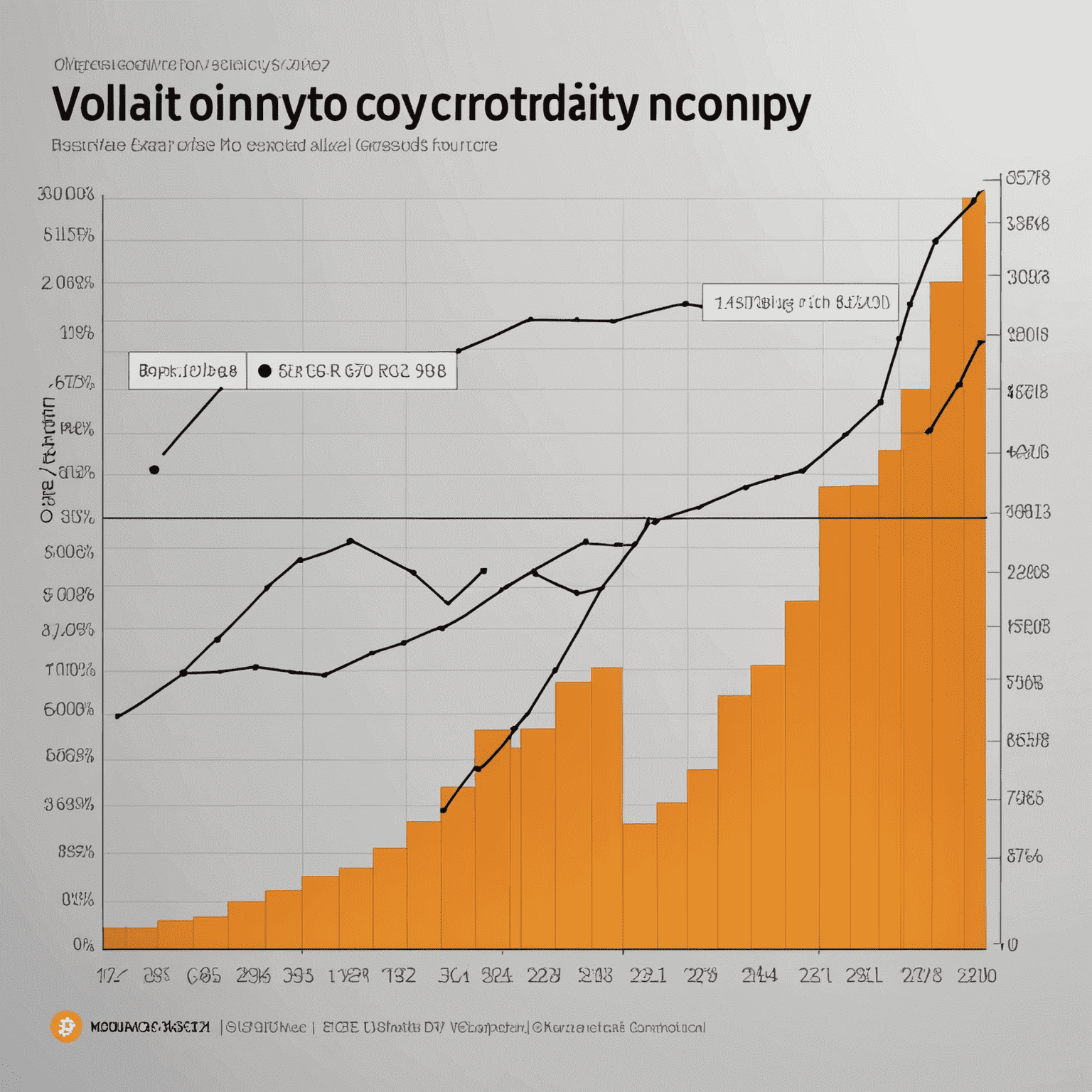The Economics of RollerCoin: Is It Sustainable?

As RollerCoin continues to gain popularity in the world of play-to-earn Digitalcurrency games, a crucial question arises: Is its economic model truly sustainable in the long run? This article delves into the intricacies of RollerCoin's economy, examining its potential risks and long-term viability for players.
Understanding RollerCoin's Economic Model
RollerCoin operates on a unique blend of virtual mining simulation and real digitalcurrency rewards. Players earn mining power through various in-game activities, which translates to a share of the platform's mining rewards pool. This model aims to create a sustainable ecosystem where player engagement directly correlates with earning potential.
Key Economic Factors
- Mining Difficulty: As more players join and accumulate mining power, the difficulty increases, potentially affecting individual earnings.
- Reward Distribution: The fairness and transparency of how rewards are calculated and distributed among players.
- In-game Economy: The balance between free-to-play elements and paid features, including the role of RollerCoin's native currency.
Long-term Viability Analysis
To assess RollerCoin's sustainability, we need to consider several factors:
1. Digitalcurrency Market Volatility
RollerCoin's rewards are tied to real digital assetscurrencies, making the platform susceptible to market fluctuations. While this can lead to exciting gains during bull markets, it also poses risks during bearish periods.

2. Player Base Growth and Retention
The sustainability of RollerCoin heavily depends on its ability to attract new players while retaining existing ones. A growing player base is crucial for maintaining a healthy economy and ensuring the platform's longevity.
3. Technological Advancements
As blockchain technology evolves, RollerCoin must adapt to remain relevant and secure. This includes implementing new features, improving energy efficiency, and staying ahead of potential security threats.
Potential Risks for Players
- Diminishing Returns: As more players join, individual earnings may decrease unless the reward pool grows proportionally.
- Time Commitment vs. Reward: Players must carefully consider the time spent in-game against potential earnings, especially as the platform matures.
- Regulatory Uncertainties: The evolving landscape of Digitalcurrency regulations could impact RollerCoin's operations and player rewards.
Conclusion: Is RollerCoin Economically Sustainable?
While RollerCoin presents an innovative approach to merging gaming with Digitalcurrency mining, its long-term sustainability remains a complex question. The platform's ability to balance player rewards, maintain a growing user base, and adapt to market changes will be crucial in determining its future viability.
For players considering investing time or resources into RollerCoin, it's essential to approach with a balanced perspective. Understanding the potential risks and rewards, staying informed about platform updates, and engaging responsibly can help navigate the exciting yet uncertain terrain of play-to-earn Digitalcurrency gaming.